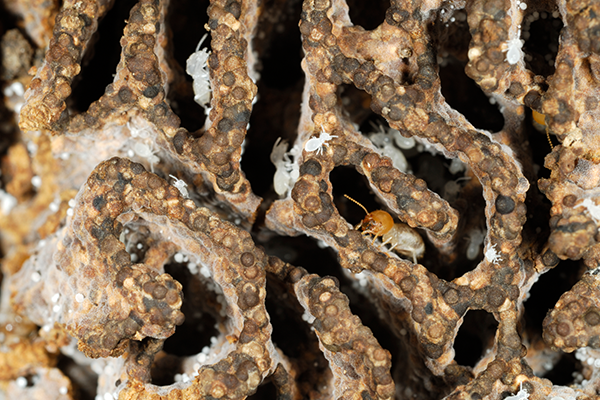CDU professor urges students to dig deeper into reasons behind building infrastructure

Termites have changed how buildings are structured to prevent the wood eating insects from deteriorating the infrastructure.
Charles Darwin University (CDU) Professor of Architecture Lindy Burton says a key component when designing buildings to support the wellbeing of occupants is air flow.
The termite mounds across Territory landscapes were perfect examples of the naturally ventilated, self-cooling cathedrals that termites design and thrive in.
“If there’s even just one little bit of information that can help architects improve the way we design buildings, to help us to ventilate them better, reduce temperature, and limit our reliance on energy consumption, we’ve got to investigate it,” Lindy says.
She hopes to attract PhD candidates to CDU to explore the lessons with her as wellbeing has been a common theme throughout Lindy’s career. Before starting her first academic role at Queensland University of Technology, she specialised in the design of health infrastructure such as hospitals and laboratories.
“I built a career around healthy buildings and how buildings support your wellbeing through lighting levels, air quality, and connection to nature,” Lindy says.
She believes it’s important for students to focus on context, climate, culture and community throughout their studies and design process.
“Today’s reality is that currently, the NT often relies on southern solutions that neglect to address the Territory’s unique complexities,” she says.
“The Territory’s geographical position demands innovative, adaptive, climate-responsive design research and should incorporate First Nations knowledges to create infrastructure representative of the NT’s vibrant communities.”
